What is broadband internet??
What is broadband internet??
Broadband internet is a broadband internet connection that is constantly on and faster than dial-up access. It lets people effortlessly stream videos, download big files, play games online, and surf the web.
Different kinds of broadband connections:
https://todaytechblog.com/what-is-the-how-starlink-works/
DSL (Digital Subscriber Line) uses phone lines but doesn’t get in the way of calls.
Cable: It uses the same coaxial cables as cable TV and is very fast.
Fiber Optic: Sending light messages through glass fibers is the fastest way to do this.
Satellite: Works practically anyplace, great for rural regions, but it can be slower.
Wireless (4G/5G): Uses mobile networks to connect to the internet.
What is broadband so important?
It makes modern life possible, from working from home and going to school online to streaming and smart homes. In today’s digital world, you need broadband to stay connected.
What is the internet that is broadband?
Access to the internet is becoming as important as power or water in our fast-paced digital society. A fast and stable internet connection lets you do all of these things: watch your favorite Netflix show, take online classes, work from home, or just scroll through social media. But what makes all of this work? The answer is high-speed internet.
What is broadband internet?
Broadband is a type of internet connectivity that is constantly on and far faster than regular dial-up connections. “Broadband” means a “wide band” of frequencies that lets a lot of data be sent quickly and at the same time.
The U.S. Federal Communications Commission (FCC) said in 2015 that broadband internet had to have a download speed of at least 25 Mbps and an upload speed of at least 3 Mbps. However, many providers today offer speeds that are far higher than these.
Different kinds of broadband internet connections
There are different kinds of broadband technology, and each one has its own pros and cons:
1. DSL (Digital Subscriber Line)
DSL (Digital Subscriber Line) sends the internet via regular phone lines. Ki
The distance from the provider’s office affects the speeds.
This kind of internet is more widespread in rural and suburban regions.
It has good speeds for browsing, streaming, and small business apps.
2. Internet over cable
The same coaxial connections that bring you cable TV also bring you cable Internet.
Cable Internet is usually faster than DSL, especially in cities.
During busy times, the shared connection could get slower.
This service is especially helpful for homes with more than one user.
3. Fiber Optic (FTTH/FTTP)
Fiber Optic (FTTH/FTTP) sends light messages through glass or plastic fibers.
It can go as fast as 1 Gbps or more, which is really fast.
It’s great for people who use a lot of data, play games, or have smart homes.
Its main areas of growth are cities and new developments.
4. Internet via satellite
The Internet comes from satellites that circle the Earth.
Available in isolated and rural places where other varieties aren’t.
Compared to fiber or cable, the service offers a higher latency and slower speeds.
This is a good option for areas that don’t have wired infrastructure.
5. Home Internet with Fixed Wireless or 4G/5G
It sends internet to houses through radio signals or mobile networks.
It doesn’t need any wires or cords to set up quickly.
5G technology is speedier and has less lag time than older wireless technologies.
Broadband Internet has a lot of good things about it.
Speed and efficiency: Things that used to take minutes or hours, such downloading a movie or transferring files, now only take seconds.
Always-On Connection: You don’t have to call in or wait anymore; broadband is always on.
Works with Many Devices: Great for homes or offices with a lot of users and smart devices.
Improves productivity by allowing people to work from home, have video calls, use cloud computing, and collaborate together in real time.
More fun: smooth streaming, online games, and video calls with high resolution.
Helps people get an education by supporting online classrooms, digital textbooks, and e-learning platforms.
A Quick Comparison of Broadband and Dial-Up
BroadbandDial-Up Feature
Speed: High (Mbps/Gbps) Slow (Kbps)
Link The connection needs to be on all the time.
Limited high-volume data transfer
Use It is great for things like gaming, streaming, and basic web browsing.
Why Broadband Is Important
It’s not only about speed when it comes to broadband internet; it’s also about giving people and communities power. It closes the digital gap, encourages new ideas, helps with education, and even plays a big part in healthcare through telemedicine.
Access to reliable broadband is becoming a basic human right, not just a luxury, as the globe becomes more and more dependent on digital platforms.
In the end
Broadband internet has changed the way we work, learn, and live. Broadband is the backbone of 21st-century networking, whether you’re a person, a student, a business owner, or a content provider.
Share this content:
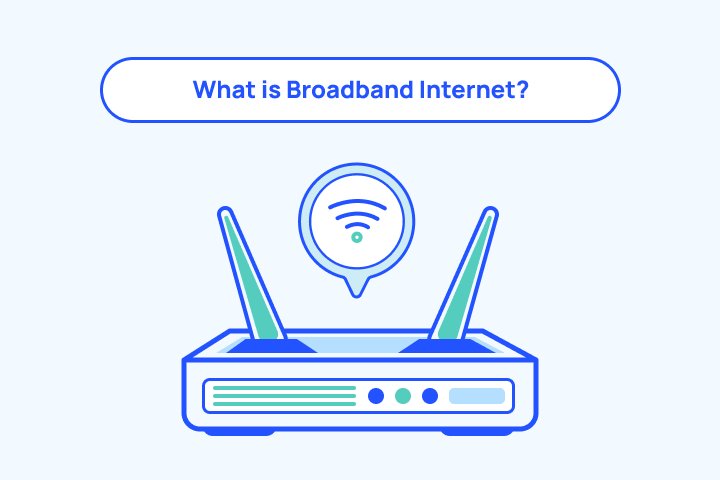
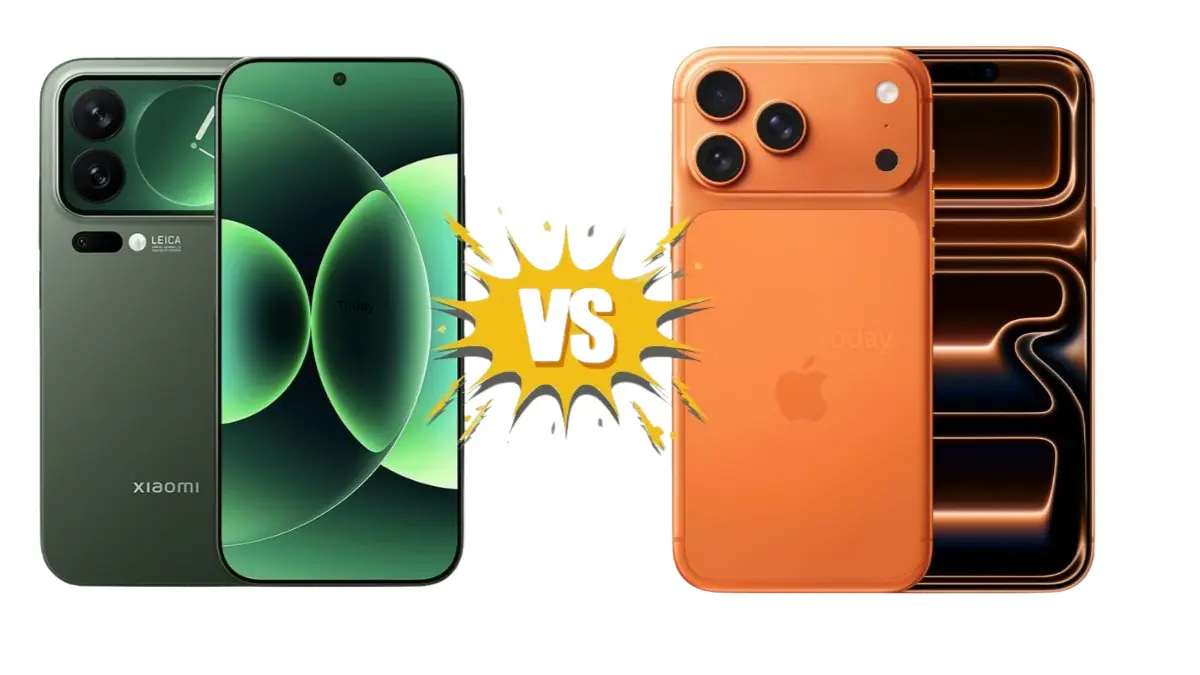

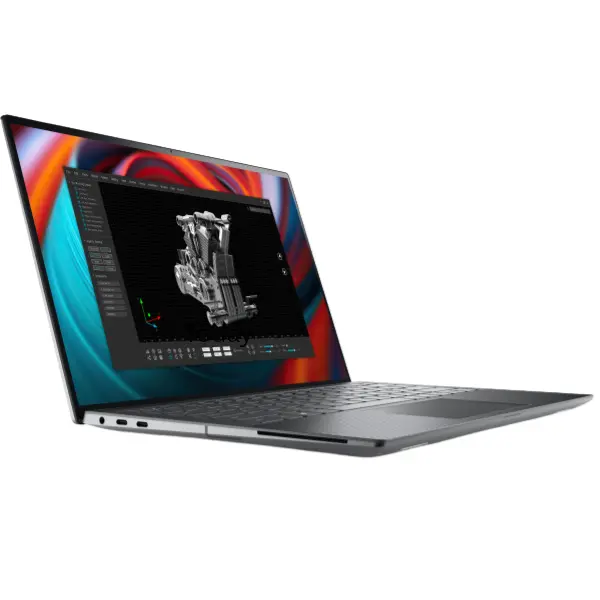
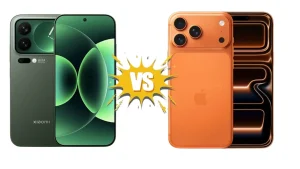
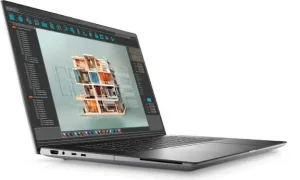
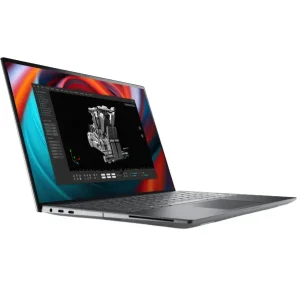
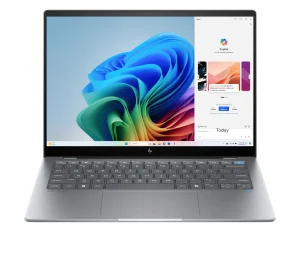
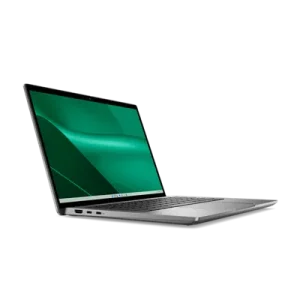

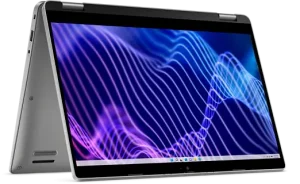
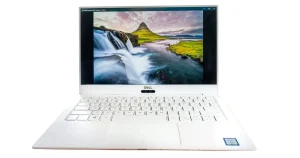
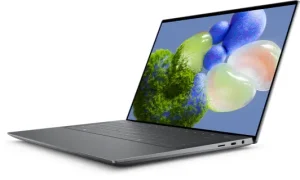
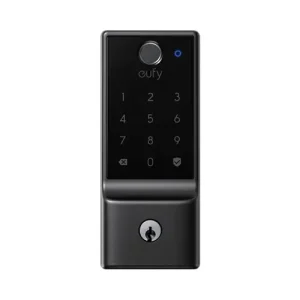
1 comment